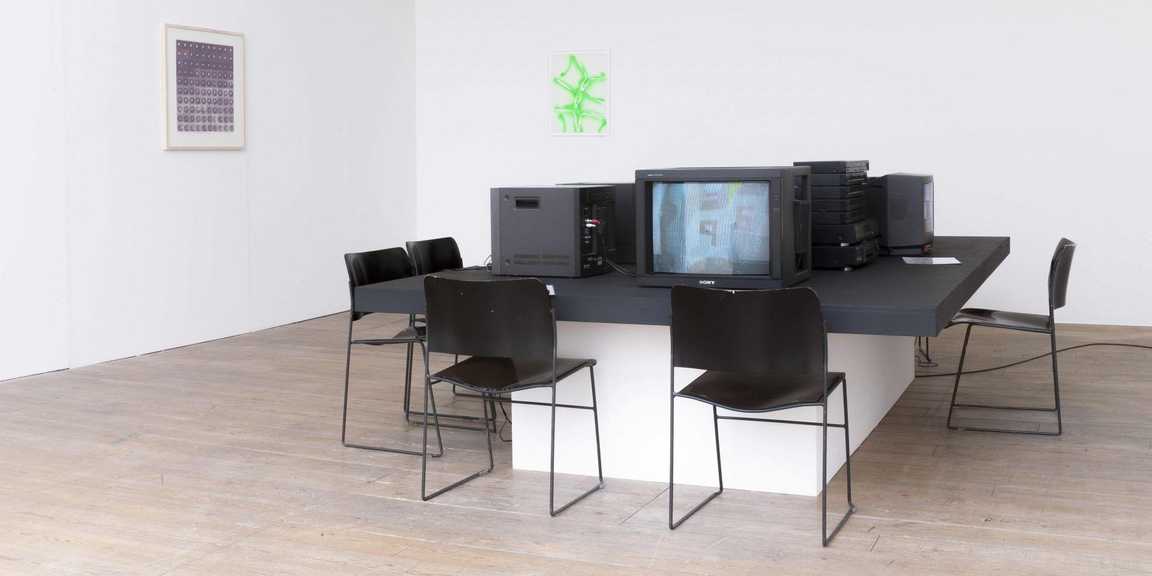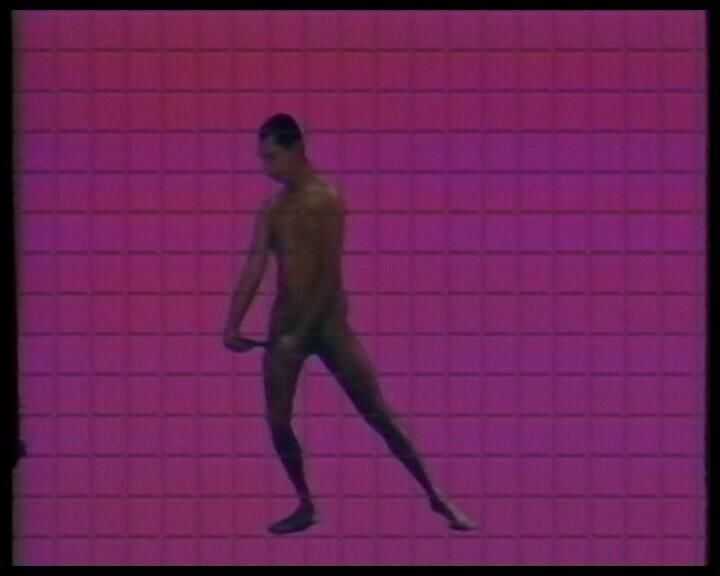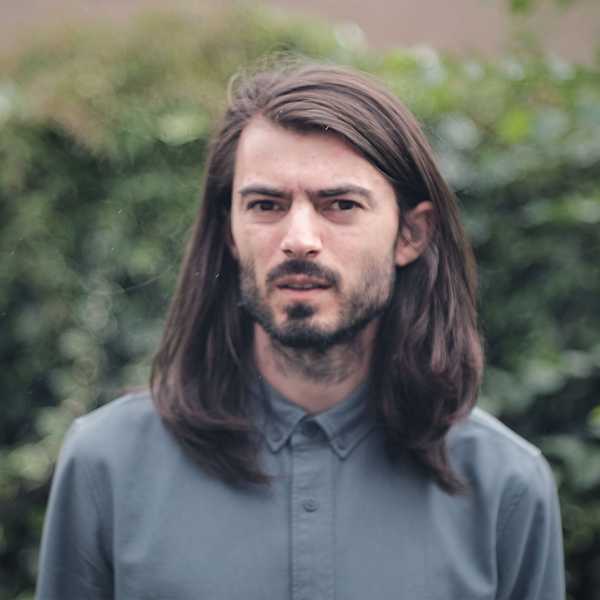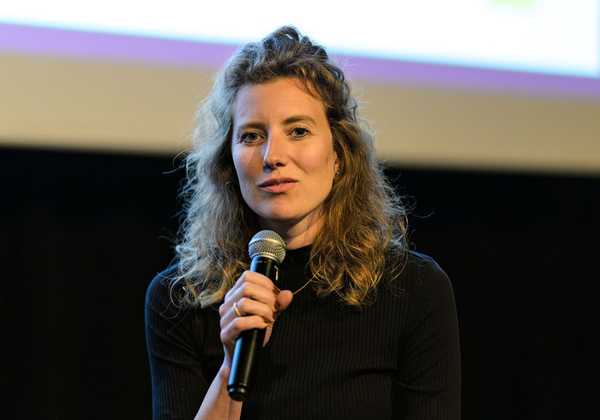
Artist in Focus: Miguel-Ángel Cárdenas
Artist on LI-MA's radar
At LI-MA, artists are at the heart of everything we do. Therefore, each season, we put the spotlight on an artist and their body of work. This summer, we dive into the works of Amsterdam-based visual artist Miguel-Ángel Cárdenas.
Miguel-Ángel Cárdenas (1934–2015) was a pioneering queer, Colombian-Dutch artist whose work spanned painting, performance, video, and installation, and a vital figure in the Dutch art scene. Arriving in Amsterdam from Colombia in the early 1960s, he imbued the city’s emerging contemporary art scene with provocative, joyfully subversive works that bridged Pop, performance, and video. Embracing his adopted city as a site for experimentation and freedom, Cárdenas became a trailblazer of video art in the Netherlands, founding artist-run spaces and producing bold, playful explorations of identity, eroticism, and everyday life. This summer, LI-MA proudly highlights Cárdenas' unique artistic voice and provocative, future-facing œuvre.

Miguel-Ángel Cárdenas, Somos Libres!? (1981), 21'56". In collections: de Appel, LI-MA.
Highlighted Work: Somos Libres!? (1981)
To what extent are queer people “free”? In many parts of the world, queer individuals still face systemic oppression. Somos Libres!? ("Are we free!?" in Spanish) follows the journey of two young gay men who flee a repressive Latin American context in search of freedom in the Netherlands, imagined as a “gay paradise.” What they find instead is a more complex reality. Told through a series of theatrical tableaux rich in symbolism, the video blends critique and irony with moments of humour and personal reflection, ultimately questioning the very idea of liberation.
Cárdenas and Video Art
Though originally associated with New Realism and Pop Art, Miguel-Ángel Cárdenas embraced video in the 1970s, drawn to its immediacy and performative possibilities. In the Netherlands – then a growing hub for the nascent field of media art – he produced a rich and experimental body of work exploring sexuality, desire, cultural identity, and emotional connection. His videos range from raw, grayscale performance documents typical of 1970s video art to vividly edited narratives filled with irony, parody, and symbolic doubling. Often infused with camp and humour, Cárdenas’ work challenged societal norms and repressive traditions, including those of his Catholic upbringing in Colombia.
A central motif in his practice was heat, which he used in performances to melt the emotional coldness he perceived in Dutch society. Cárdenas positioned the body as a site of joy, tension, and transformation, aligning him with peers like Abramović and Burden, yet with a uniquely affirmative touch. Whether through “tensages” of brightly coloured assemblages or intimate video acts, his work remains a bold, sensuous call for openness, visibility, and liberation.
More About the Artist
Born in El Espinal, Colombia, in 1934, Miguel-Ángel Cárdenas trained in architecture and fine art before relocating to Amsterdam in 1962, a move that proved transformative both for his practice and for the Dutch art scene. While initially recognized for his abstract paintings and early involvement in Pop Art and Neorealism, it was his groundbreaking work with video, performance, and installation that marked his lasting impact.
In the 1970s, Cárdenas joined forces with Sigurdur Gudmundsson, Pieter Laurens Mol, and Ulises Carrión to establish the In-Out Center: the first artist-run space of its kind in the Netherlands. A vital catalyst for the development of body art, performance, and emerging media practices, the Center hosted cross-border events that broke with institutional norms and fostered artistic experimentation. Building on this momentum, Cárdenas developed his alter ego, the “Cardena Warming Up etc. etc. etc. Company,” using heat as a response to the emotional detachment and cultural coldness he encountered in Dutch society. The In-Out Center’s radical spirit would go on to inspire Wies Smals to found de Appel in 1975, further shaping the landscape of contemporary art in the Netherlands.
Cárdenas’ work, often provocative, playful, and deeply personal, explored themes of eroticism, identity, queerness, and artistic freedom. Whether parading as an “erotic advisor” or heating the waters of Amsterdam’s canals, Cárdenas merged life and art with subversive warmth. His work was exhibited at Stedelijk Museum Amsterdam, Museum Boijmans van Beuningen (Rotterdam), Gemeente Museum (The Hague), as well as at Hara Museum (Tokyo), among others.
Header image: Overview table with video works by Michel Cardena from the 1970s/early 1980s.
Thumbnail: Cárdenas heated the Reguliersgracht with a heating element on a fishing rod, 1972. From in-out center.








